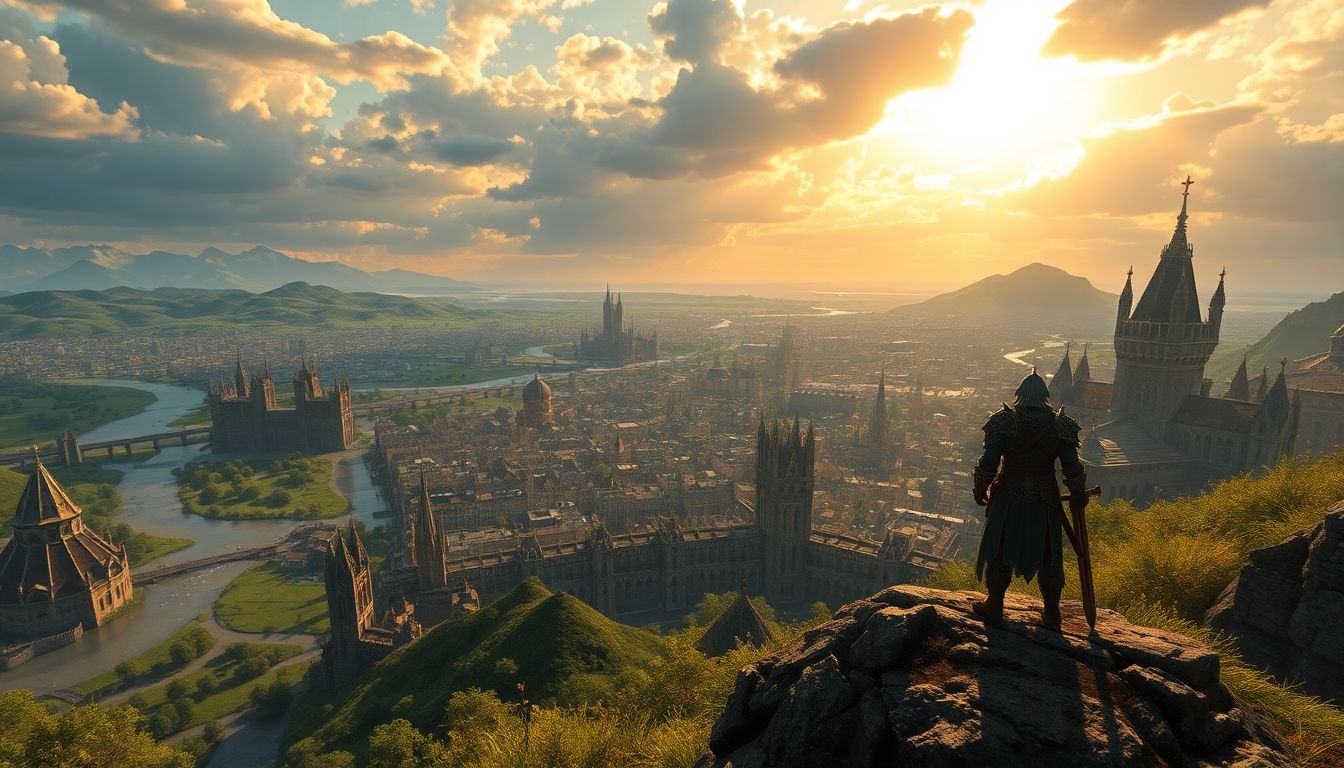Oblivion is a classic—but did we ever really need a remaster?
That question hung over months of rumors and leaks, unanswered by Bethesda and Virtuos Games’ near-farcical silence. But in good faith, it’s a question that can be raised of any remaster. Few games actually need to be remastered, especially when so many are still perfectly playable today. It’s a matter more of whether or not we need to remake them—and what’s the point in doing so?
When Oblivion Remastered finally dropped, I’d hoped that having access to it would silence those nagging doubts. I’d thought that I’d find myself transported back past the gates of Cyrodiil and reminded of why the game deserved a fresh new coat of paint. But after 30+ hours, instead of that, those doubts have just grown louder.
Faithfully Familiar – Maybe Too Much So
To the extent that it’s so loyal to its 2006 form, in fact, that veteran players will breathe a sigh of relief—it’s not a Skyrim-ification of the game. When you launch it (having installed a sizable 120+ GB download), you’re back to Cyrodiil as you last left it, but with Unreal Engine 5’s modern graphical panache.
The colors are vibrant, wide vistas and iconic structures like the White-Gold Tower are wonderful. During sunset, sunrise, or in nighttime, the lighting makes familiar landscapes look new again. And, mercifully, the remaster maintains Oblivion’s distinctive color scheme—it has not faded in color nor toned down to suit modern sensibilities.
But for all the niceness of how everything is presented, the lack of either a photo mode or even just a HUD toggle feels like an unfathomable oversight for a game that now looks this pretty.
NPCs, Weirdness, and Warts Intact
And among the most visually stunning reworks is the NPCs. They’re still freaky, quirky, and occasionally terrifying—true to their initial freakiness—but with higher-fidelity quality. There are more realistic facial maps, improved textures, and, yes, beards! It’s never been easier (or more fun) to create a character so grotesque they might surpass the horror-show protagonists of the original game.
Some bugs, like the infamous missing ring in the Ahdarji’s Heirloom quest, are still here. Others—such as broken enemy AI, NPCs spawning incorrectly, or vampire eyes not opening—range from frustrating to hilarious. It’s the kind of legacy jank that might feel nostalgic until it breaks your questline.
A remaster has to walk a fine line between keeping charm and removing friction. Oblivion Remastered walks too far on the side of the former.
Changes That Matter
Some modifications blend into the scenery, but others actually improve the game.
- You can sprint now, though jumping everyplace is still more fun.
- Third-person combat has been cleaned up—spells and arrows are easier to aim without your own character blocking the view.
- Levelling has been relaxed. Trying out non-class skills no longer punishes you, and minor skills contribute to progress.
- Quality-of-life improvements like walking while over-encumbered and container indicators make gameplay smoother.
- Map navigation, however, remains awkward, with local map zooming poorly implemented.
An Opportunity Half-Taken
They were attempting to preserve what was great about Oblivion and tighten it up with new technology. But the issue is there—Oblivion Remastered does not quite take anything and make it feel new.
Why not take the opportunity to do more? The Great Gate fight could have been legendary. The Imperial City could have been reimagined as a truly living hub. Questlines like the Fighters Guild climax could have had real stakes. Instead, this remaster rebuilt the original—flaws and all—boldly without striving for something more.
Think of this compared to Skyblivion, the fan project that reimagines Oblivion using Skyrim’s engine. That one gets me hyped because it takes a risk and reimagines the game. Oblivion Remastered, on the other hand, seems to be too busy admiring the past to do anything but reskin it.
Final Thoughts
Oblivion Remastered is a thoughtful, technically excellent remake of a great RPG. It’s a great excuse to return to play in Cyrodiil, which has been blessed with stunning contemporary presentation. But while it succeeds in capturing the essence of Oblivion, it also succeeds in capturing much of its flaws—and doesn’t seize the opportunity to do something fundamentally different with its legacy.
If you liked the original, there’s plenty here to like. But if you were hoping for a game-changer, or something to tide you over until The Elder Scrolls VI, this might not be the reinvention you were hoping for.
